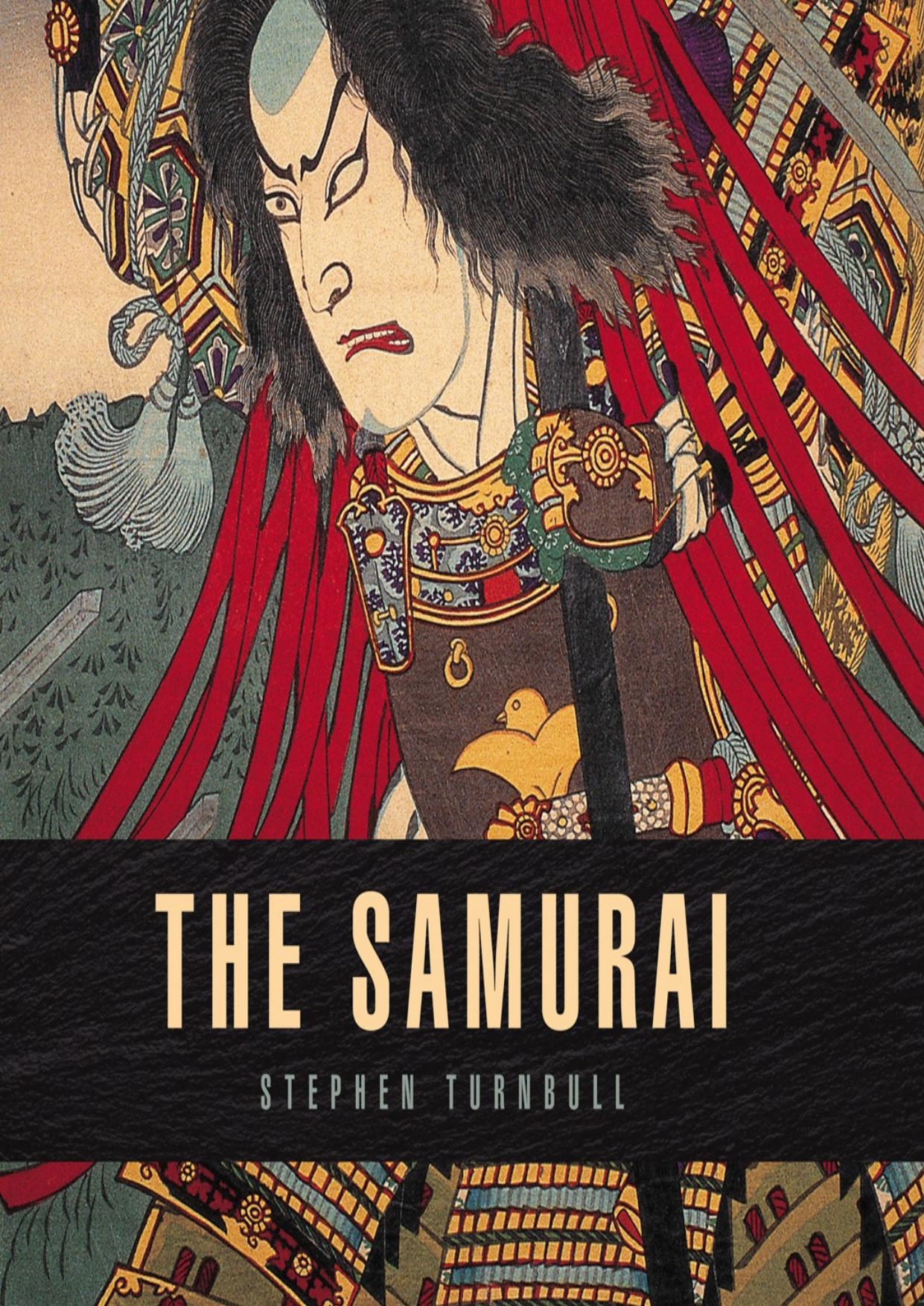Samurai, The by Turnbull Stephen

Author:Turnbull, Stephen
Language: eng
Format: epub, pdf
ISBN: 9781472813749
Publisher: Bloomsbury Publishing
Published: 2016-03-21T16:00:00+00:00
THE MAKING OF A JAPANESE SWORD
Detail of Artisans screen from about the 16th century, showing swordsmiths at work. (Photo by Werner Forman/Universal Images Group/Getty Images)
Even though none of the techniques used by the early swordsmiths was apparently ever written down, the smiths’ traditions are so strong that even today some superb swords are made using the presumed methodology of a past age. The creation of a fine katana was, and still is, a matter of tradition and religious solemnity. The kami is first invoked before the tosho (swordsmith), clad in white priestly robes, begins transforming the raw materials into a finished product.
Rare satetsu (iron sand) would be smelted in small primitive furnaces at 1,300–1,500°C to produce raw steel pieces. The best were beaten into thin cakes, and the expert would select the ones most suitable for swordmaking.
By controlling cooling speed to produce two forms of steel – one exceptionally hard and one softer – and then combining them to make a blade, the Japanese tosho were able to create a weapon with a super-hard cutting edge but also a resilient body that would absorb impacts.
The sections were created and initially treated similarly. First, the pieces of raw steel were heated in the furnace to about 1,300°C, resulting in a basic block of steel. After impurities were removed, the steel was repeatedly heated and beaten, then continuously folded back upon itself so as to create a complex structure with several layers. The steel for the outer skin received the most foldings.
Next, the two separate pieces were combined. Whatever method was used, the outer skin would enclose the core of the sword along its length until just short of the tip. With repeated heating and hammering, the combined steels were slowly drawn out into the rough but recognisable outline of a Japanese blade – at this stage still uncurved. The point (kissaki) was then created by cutting off the end of the billet, leaving a triangular shape.
Next the sword back was hammered thicker than the cutting edge, the tang differentiated from the blade and the blade’s distinctive curve created. Then came the crucial hardening of the edge. Using a coat of slurry clay to protect all except the cutting edge from the hardening process, the blade was heated to about 730°C and then plunged into water of a specific (and secret) temperature. The process of tempering allowed the boundary between the two degrees of hardness to be revealed in the edge pattern, called the hamon.
The blade was now polished using a succession of finer-grained stones, then whetted and sharpened. The maker would normally inscribe his signature and the date of manufacture on the tang. The finished blade was mounted in a tsuka (handle) and a tsuba (guard) protected the hands. A made-to-measure scabbard (saya) was created out of magnolia wood. The sword could then be tested on bundles of rushes, corpses or even live condemned criminals.
Download
This site does not store any files on its server. We only index and link to content provided by other sites. Please contact the content providers to delete copyright contents if any and email us, we'll remove relevant links or contents immediately.
| Africa | Americas |
| Arctic & Antarctica | Asia |
| Australia & Oceania | Europe |
| Middle East | Russia |
| United States | World |
| Ancient Civilizations | Military |
| Historical Study & Educational Resources |
The Sympathizer by Viet Thanh Nguyen(4267)
The Rape of Nanking by Iris Chang(4108)
World without end by Ken Follett(3400)
Ants Among Elephants by Sujatha Gidla(3367)
Blood and Sand by Alex Von Tunzelmann(3105)
Japanese Design by Patricia J. Graham(3085)
City of Djinns: a year in Delhi by William Dalrymple(2491)
The Queen of Nothing by Holly Black(2445)
Foreign Devils on the Silk Road: The Search for the Lost Treasures of Central Asia by Peter Hopkirk(2412)
Inglorious Empire by Shashi Tharoor(2377)
India's Ancient Past by R.S. Sharma(2368)
Tokyo by Rob Goss(2348)
In Order to Live: A North Korean Girl's Journey to Freedom by Yeonmi Park(2320)
Tokyo Geek's Guide: Manga, Anime, Gaming, Cosplay, Toys, Idols & More - The Ultimate Guide to Japan's Otaku Culture by Simone Gianni(2297)
India's biggest cover-up by Dhar Anuj(2286)
The Great Game: On Secret Service in High Asia by Peter Hopkirk(2260)
Goodbye Madame Butterfly(2179)
Batik by Rudolf Smend(2058)
Living Silence in Burma by Christina Fink(2015)
